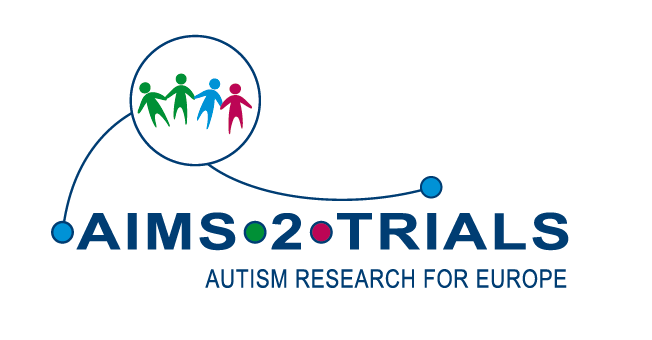Autism and rare genetic conditions

Around 1 in 10 autistic people also have a rare genetic condition that may play a role in their symptoms.
There are several such conditions and each is very rare. This study will focus on two conditions called Phelan McDermid Syndrome and NRXN1 deletion. Around 800 people are known to have Phelan McDermid Syndrome, and around 70% of those also have autism. NRXN1 is a separate condition which affects the gene called NRXN1, and around 30-70% of people with NRXN1 are thought to also have autism. Not everyone who has one of these rare conditions will develop autism.
It is known that in both of these genetic conditions, rare variations in genes affect nerve cells, called neurons, which are the building blocks of the brain. Changes to the structure and activity of neurons could have broad effects on how a person thinks and behaves. The variations in genes are thought to affect specifically the way that neurons develop and communicate with each other across junctions, called synapses.
The current study will investigate if there are any characteristic features in individuals with these rare genetic conditions that have been associated with autism. Researchers will explore brain development, cognition, emotion and social skills in people with Phenlan McDermid Syndrome or NRXN1, compared to individuals who have autism with no known cause, and compared to typically developing individuals. It also aims to identify the ways in which the conditions are similar and different to autism.
The study will involve people who have one of the two genetic conditions, people who do not have one of the conditions but who are autistic, and people who have neither of the conditions or autism.
Researchers will study the links between the conditions and how a person thinks or behaves by using techniques, such as:
- pen-and-paper tasks, computerised tasks and questionnaires to measure thinking skills and behaviour
- blood and saliva samples, which contain genes and therefore allow researchers to study a person’s genes
- tracking eye movements, because it is thought that autistic people prefer to look at objects rather than people or faces
- brain scans with magnetic resonance imaging (MRI) scanners, to measure brain structure and function, and to assess connections between brain regions
- a technique to record the brain’s electrical activity while people rest or perform tasks. This technique is called electroencephalography (EEG) and involves placing small sensors on the head that are painless
These measures will help us to learn more about rare genetic conditions, which may be important for developing therapeutic interventions for the symptoms of autism.
This study is called the Synaptic Gene Project (SynaG). It builds on earlier research at King’s College London and will now expand to include researchers at Trinity College Dublin.
Leaders of the SynaG study
Name: Synaptic Gene Project (SynaG)
Lead organisation: Trinity College Dublin, King’s College London
Lead: Prof Louise Gallagher, Dr Eva Loth
Principle Investigators: Dr Eva Loth (Phelan McDermid Syndrome study), Prof Louise Gallagher (NRXN1 study)
Research Centres: King’s College London, Trinity College Dublin







